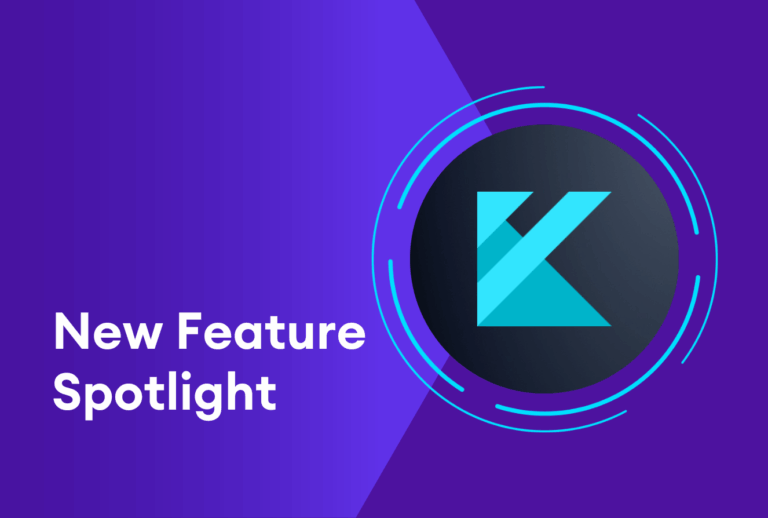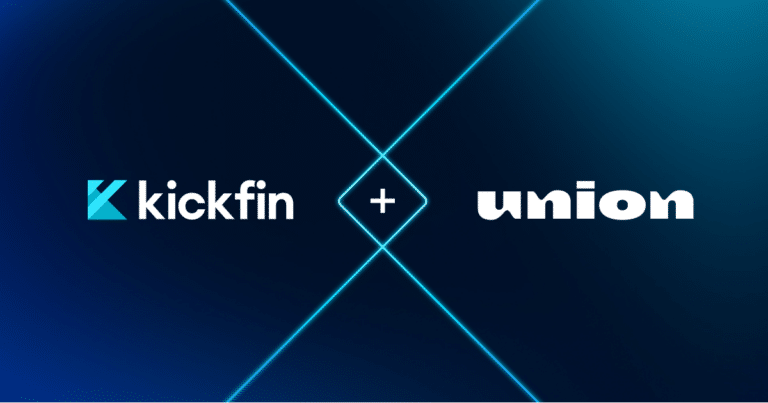Recruiting is a crucial part of any successful restaurant business. From hosts and servers to cooks and bussers, every employee plays a vital role in providing exceptional service and creating a positive customer experience. Finding talented staff can be challenging, especially in today’s competitive job market.
There are several strategies that restaurants can use to make the most of their recruiting efforts and attract top-notch candidates. In this guide, we will explore some tips and best practices for effective restaurant recruiting.
How To Recruit for a Restaurant
Recruiting for a restaurant involves identifying potential candidates who demonstrate the skills, experience, and temperament necessary to meet the unique demands of the hospitality industry. Typically, the process begins with a well-written job listing. The listing should be detailed and precise, clearly outlining the responsibilities, skills, and expectations for the role. It should also highlight the benefits and opportunities your restaurant provides, such as career growth, training programs, or competitive pay scale.
The recruitment process should leverage various channels to reach potential candidates. Traditional methods, such as newspaper ads and job fairs, can be effective. Still, online platforms like job listing sites, social media, and the restaurant’s website often yield greater reach. Networking is also a powerful tool. Current employees, industry contacts, and even customers can serve as invaluable sources for recommendations and referrals.
Once you find potential candidates, move those that seem like a good fit to the interview stage. The interview process is a valuable opportunity to assess each candidate’s aptitude and skills, as well as their personality, attitude, and ability to get along with other employees.
How Do I Start Recruiting?
To recruit new employees for your restaurant, start by writing a detailed job listing. Next, distribute that job listing using multiple channels, including job boards and social media. Finally, use candidate interviews to identify applicants with the right skills, attitude, and personality to work in your restaurant.
Common Restaurant Recruiting Tools
Recruiting the right people for a restaurant involves a wide range of tools. Here are some of the most common tools used in restaurant recruiting.
- Job boards: Online job boards like Indeed, Glassdoor, and Caterer.com are excellent places to post job openings and reach a large pool of potential candidates.
- Social media: Platforms such as LinkedIn, Facebook, and Instagram can be powerful tools for sharing job openings, showcasing your restaurant’s culture, and engaging directly with potential applicants.
- Recruiting agencies: Specialized hospitality recruiting agencies have extensive talent networks and deep industry knowledge, making them valuable resources for finding and hiring qualified candidates.
- Word of mouth: Don’t underestimate the power of word-of-mouth recommendations. Encourage your customers and vendors to refer their friends and former colleagues or ask other restaurant owners or industry professionals for recommendations.
- Employee referrals: Many restaurants successfully recruit through their current employees. Offering referral bonuses can incentivize your staff to recommend talented individuals from their network.
- Hiring events: Hosting job fairs or open interview days can quickly and effectively screen multiple candidates at once. They also allow candidates to get a firsthand look at your restaurant’s culture and atmosphere.
Tips for Successful Restaurant Recruiting
Every restaurant owner knows a skilled and dedicated team is critical to a successful business. Recruiting top talent is no easy feat, especially in an industry as dynamic as hospitality. Here are some tips to elevate your restaurant’s recruiting, allowing you to attract, hire, and retain top employees:
Define Your Ideal Candidate
Before you start your recruiting process, have a clear understanding of the type of candidate you are looking for. This means defining the skills, experience, and qualities essential for the position. Having a clear definition of your ideal candidate will help you target your recruiting efforts and attract individuals who are the best fit for your restaurant.
Optimize Your Job Descriptions
Creating a strong job description is another crucial step in improving your recruiting. An effective job description should provide a clear and compelling overview of the role, its responsibilities, and the skills and qualifications required. It serves as the first point of interaction between your restaurant and potential candidates, so it should reflect your restaurant’s culture and values while capturing the essence of the job.
Focus on Employer Branding
Employer brand is the public’s perception of your restaurant, including its reputation as a workplace. In recruiting, branding is the image that potential candidates have about the working environment, culture, values, and benefits of being an employee at your establishment. This sets your restaurant apart from competitors, making it an attractive place for top talent to work.
Investing time and resources into developing a strong employer brand can significantly enhance your restaurant recruiting efforts. You can share your restaurant’s branding through various channels, including your website, social media accounts, job postings, and during the interview process. Sharing stories of your current employees’ experiences, highlighting career growth opportunities, and showcasing the unique aspects of your restaurant’s culture are effective ways to build a strong employer brand.
Remember, potential candidates are not just looking for a job—they are looking for a positive and rewarding work experience. Employer branding is a valuable tool to communicate these things to potential employees.
Create a Restaurant Recruiting and Hiring Team
Assembling a dedicated recruiting and hiring team is another effective strategy for enhancing your restaurant’s recruiting process. This team could include managers, supervisors, or experienced staff members who understand the restaurant’s culture, expectations, and the skills required for each role. The recruiting team’s responsibilities include interpreting the job descriptions, screening applications, conducting interviews, and making hiring decisions.
Having a dedicated recruiting team also helps streamline the hiring process and ensures that hiring decisions align with your restaurant’s needs and culture. This team can also provide valuable insights into the applicant’s potential fit within the existing team, as they are familiar with the daily operations and demands of the restaurant.
Ask Current Staff for Referrals
Referrals from current employees are often high-quality, as individuals typically recommend candidates they believe will fit well within the existing team and culture. Employees making recommendations will likely have firsthand knowledge of the candidate’s work ethic, skills, and attitude, contributing to a more reliable assessment of fit for the job role.
Implement a successful referral program by incentivizing your staff. You can do so through financial rewards, extra time off, or recognition for successful hires. Encourage your employees to recommend friends, former colleagues, or acquaintances from their professional network who they believe would be a great addition to your restaurant team.
Leverage Social Media
Social media offers a powerful means to reach a broad pool of potential candidates. You can use social platforms like LinkedIn, Facebook, Instagram, and Twitter to showcase your restaurant’s culture and job openings effectively.
- LinkedIn: A professional network like LinkedIn can be highly effective for posting job openings and scouting for potential candidates with specific skill sets. LinkedIn’s robust search feature lets you find professionals with the experience and qualifications necessary for your restaurant.
- Facebook and Instagram: These platforms are ideal for showcasing your restaurant’s culture. Regularly post photos and videos of your team in action, highlighting the positive aspects of working at your restaurant. Use targeted ads to reach potential candidates in your area when you have job openings.
- Twitter: Twitter is an excellent platform for quick, real-time updates. Use it to announce job openings, share updates, or retweet positive comments from employees. Using relevant hashtags can help increase the visibility of your posts.
When using these social media platforms for recruiting, engage with users who comment or share your posts. This interaction builds a more substantial online presence and makes potential candidates feel valued and seen. Social media platforms also offer a valuable opportunity for potential employees to interact with your brand before they even walk through the door, helping you to attract candidates who genuinely resonate with your brand and work culture.
Attend Job Fairs and Industry Events
Job fairs and industry events are excellent opportunities to supercharge your restaurant recruiting efforts. These gatherings offer direct access to many potential candidates, many of whom are actively seeking job opportunities. They provide an avenue for face-to-face interaction, facilitating a more personal and immediate connection than digital platforms.
Network actively with attendees at industry events, as it’s a prime opportunity to meet potential candidates and other industry professionals who could refer candidates to your restaurant. These events often attract passionate individuals who are involved in the industry and may be seeking new opportunities or who can connect you with potential candidates.
Offer Competitive Compensation and Benefits
Offering competitive compensation and benefits packages is a compelling strategy to attract and retain top restaurant talent. Salary is often a primary consideration for job seekers. However, comprehensive benefits can distinguish your restaurant from competitors and show potential employees you’re invested in their well-being and development.
A competitive compensation package can include a fair wage or salary, tips, and bonuses tied to individual or team performance. On the other hand, benefits could encompass health insurance, retirement plans, paid time off, or even unique perks like staff meals, gym memberships, or professional development opportunities.
This comprehensive approach attracts quality candidates and boosts employee morale and job satisfaction, reducing employee turnover. It signals to potential employees that their efforts are valued and rewarded, fostering loyalty and commitment. It’s essential to clearly communicate these benefits during the recruitment process so candidates can fully appreciate the total value of their compensation package.
Create an Engaging Application Process
The application process is often a candidate’s first impression of your restaurant and can significantly influence their decision to apply. Make sure your application process is user-friendly, mobile-friendly, and engaging. Provide an option for candidates to upload their resume or link to their LinkedIn profile, as this can save them time and effort in filling out a lengthy application.
Take advantage of technology by including video interviews or assessments in the application process. This provides an opportunity for candidates to showcase their skills and personality and gives you a better understanding of their qualifications before scheduling an in-person interview. It can save time and effort for both parties, resulting in a more efficient and effective hiring process.
What Position is the Most Important Recruitment Decision in a Restaurant?
The most critical recruitment decision for a restaurant is management. Managers serve as the backbone of the restaurant, running operations, coordinating staff, and ensuring customer satisfaction. Their competence directly influences the restaurant’s atmosphere, efficiency, and, ultimately, profitability. Moreover, a proficient manager can mentor and uplift the staff, fostering a positive work environment conducive to high performance and staff retention.
Manager retention is critical in the restaurant industry. The constant presence of a reliable manager offers stability and consistency, which is beneficial for both the staff and the customers. Frequent management changes can disrupt the workflow and create uncertainty, which can negatively affect the morale and productivity of the team. That’s why it’s essential to have an effective management training program to ensure you instill managers with the right attitude and skills and aid in their professional development to avoid high turnover in these key positions.






